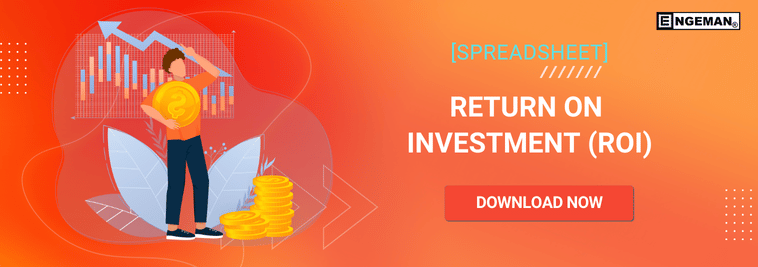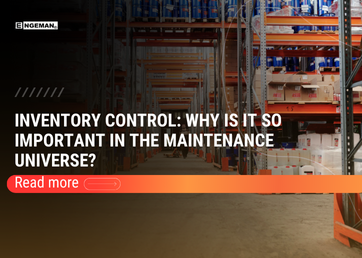Contents
TPM in Administration pillar
Well, arriving here you may be wondering: “But, how can the administrative areas of my company be related to TPM?”. When we think of TPM, we immediately imagine maintenance teams gathering outlining strategies to avoid problems in production. We think this may be because the central TPM goal is precisely zero failure and defect. But the TPM methodology goes far beyond, for example, predictive or corrective maintenance. It creates a connection between the operational and support areas.
In TPM in Administration pillar, TPM techniques and strategies are applied with the goal of reducing and even eliminating waste in the management areas. It’s aimed at the planning, engineering, development, HR and other departments areas linked to the production area and that are responsible for managing goods or services that can generate profits or losses for the company.
With the TPM application, errors can be corrected throughout the process such as delays, for example, which can be very harmful to contract performance deadlines. More efficient information and processes help the administrative department to optimize its performance, and this will directly impact the company’s productivity.
How to apply TPM in Administration?
Often the losses that occur in the administrative departments are not properly measured. These losses can occur, for example, with inbound and/or outgoing of resources or when filling out documentation. These assets, when poorly managed, can also cause some downtime in production due to the lack of some important material, for example.
By correctly applying the TPM in Administration, the department is achieved that has all requirements to meet any demand in the production area, without generating any damage to the company and quickly and efficiently. For this, your company can adopt some routines such as:
- Define which are the most critical routines and processes that can directly interfere with the company’s production;
- Survey losses;
- Map losses by specific areas within the company;
- Stipulate what would be the ideal rate of these losses so as not to harm production;
- Analyze the financial impact that these losses cause to the company.
After identifying all the losses and the degree of impact they can cause on your production, you can use the administrative loss tree, which is a tool that enables a global view of all the problems that need to be analyzed and solved. Thus, it is possible to apply continuous improvements, understand all impacts and prioritize those that cause negative impacts to the company.
Benefits of the eighth pillar to the company
One of the biggest concerns of managers is to ensure reliability in all their processes. In addition to impacting the quality of the products offered, it generates a stable work environment with all activities being performed in the best possible way. TPM methodology brings great results to organizations since it helps transform employees. The concept of autonomous maintenance can be applied in administrative areas in order to train independent professionals, who are aware of the progress of their department and know that for everything to work perfectly it is necessary that they are involved in the process.
Reducing losses in offices leads the company to have a differentiated performance when compared to companies that are not aware that the support departments are also fundamental pieces in the gear of their success. Increased productivity and efficiency of offices is among the main benefits of applying TPM in administrative areas. It is also possible to have an optimization of costs and losses in administration. With this, you will see a significant increase in the productivity of the administrative department.
Conclusion
After following all the articles in the TPM series, we were able to observe that they all work towards a single goal: zero loss. We learned that optimizing processes in the company goes far beyond planning maintenance to avoid production downtime. It involves employees who will be made aware and trained so that they can be a fundamental part of the central goal of TPM.
The purchasing, administration, human resources departments, among others, are departments that don’t add value directly. But when we analyze everything that these administrative areas provide to the operational areas, it’s clear that they are a fundamental part of the success of companies. Therefore, it’s necessary to apply the concept of equipment to the administrative areas. Subdivide the tasks and make sure that it works properly and provides adequate support to the other areas of the company. These areas process information, advise and support production activities in order to continuously optimize the company’s results.
With the application of TPM in administrative areas, it is possible to develop people capable of supporting the success of the company’s results. As we have seen, the TPM methodology allows for significant results in the company in all departments. Always look for professionals specialized in this methodology so that your company can obtain all the benefits it provides.
Was our TPM pillar series useful to you? Share it with your team and follow our pages to always be well-informed about the world of maintenance.
Didn’t see the first article in the series? So start here: Autonomous Maintenance.




